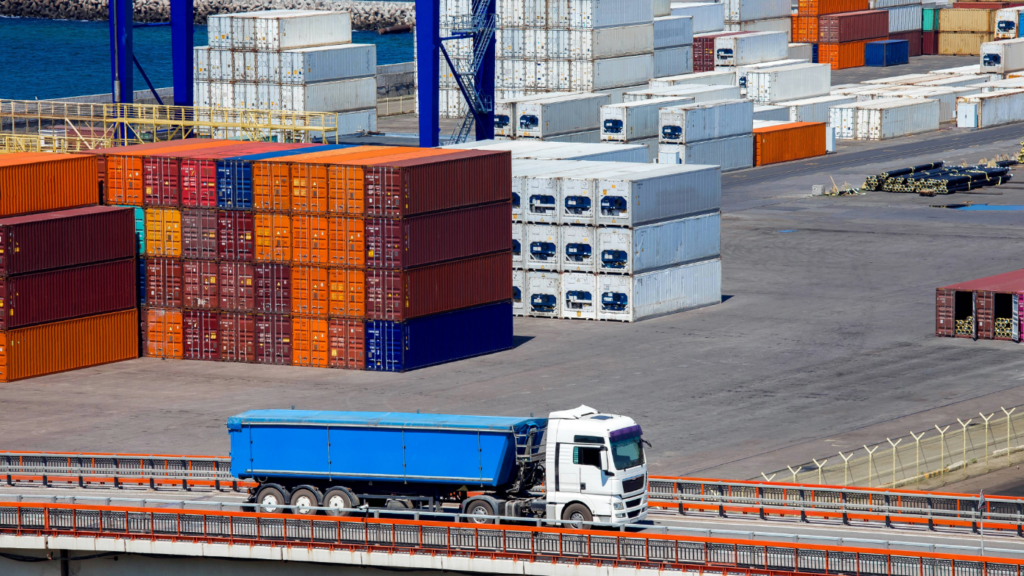A port gateway is more than a transfer point for goods—it is a vital hub where global trade and domestic transportation converge to drive economic growth. By understanding what makes port gateways unique, stakeholders can better position themselves to capitalize on their transformative potential.
The first in a three-part series, this article will explore the role of ports in driving economic development and real estate opportunities.
What is a Port Gateway?
A port gateway is a region where diverse stakeholders converge to drive economic growth and innovation through intermodal transportation. At its core, it enables the smooth transfer of cargo between ships, trucks, trains, and warehouses, serving as a backbone for global supply chains and domestic distribution networks. However, its importance extends beyond logistics. These regions often become a catalyst for broader development, influencing real estate, infrastructure investments, and job creation.
Understanding the Key Stakeholders
The uniqueness of port gateways lies in their complexity. They bring together a wide array of stakeholders—private companies like logistics operators and real estate investors, alongside public entities such as port authorities and government agencies, along with landlords, tenants, and service providers.
 Patrick Beard
Patrick Beard
Stakeholders from the private and public sectors must work together to ensure these hubs are optimized for economic growth. Port authorities often oversee infrastructure like docks, rail connections, and storage facilities, while private entities develop and manage supporting assets such as industrial parks and distribution centers.
For example, a port authority might focus on upgrading infrastructure to attract larger vessels, while private investors develop state-of-the-art logistics facilities nearby to support growing cargo volumes. This interdependence highlights the need for a unified strategy where each stakeholder contributes to the broader goals of efficiency, innovation, and long-term growth.
Unique Real Estate Opportunities and Challenges
Port gateways present unique opportunities—and challenges—for real estate development. Unlike traditional industrial or commercial projects, these regions are shaped by specialized requirements, such as intermodal connectivity and proximity to critical infrastructure. Factors like site valuations, zoning restrictions, and public-private financing models add layers of complexity that require a nuanced approach.
Developing real estate in a port gateway often involves more than just constructing warehouses or distribution centers. It requires aligning with the broader operational goals of the region, such as enhancing cargo flow or supporting workforce expansion. These projects can unlock significant economic value but must be managed with an understanding of the maritime industry’s unique demands and competitive pressures.
Maximizing Potential
Port gateways are essential hubs of economic and real estate growth, offering transformative opportunities for stakeholders willing to embrace their complexity. These regions are where collaboration and innovation converge, creating value that extends beyond the supply chain.
For stakeholders—whether private investors, port authorities, or developers—partnering with a team that understands the intricacies is critical. With the right guidance, these strategic hubs can unlock unparalleled economic and real estate potential, setting the stage for sustained success.

 Jacob Crist
Jacob Crist

 Steig Seaward
Steig Seaward
 Shawn Janus
Shawn Janus
 Nicole Larson
Nicole Larson